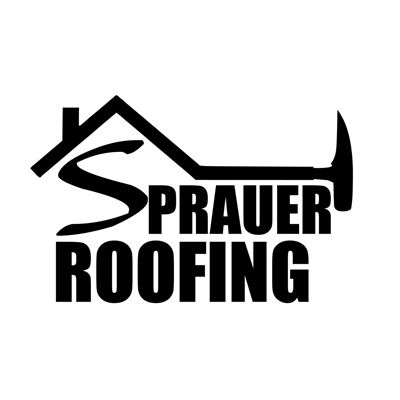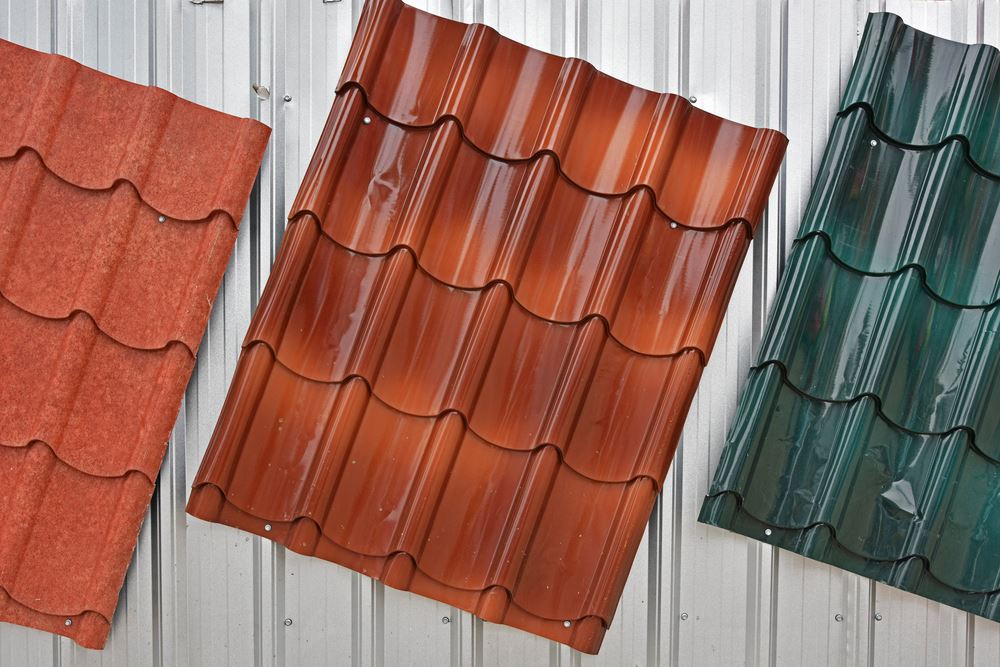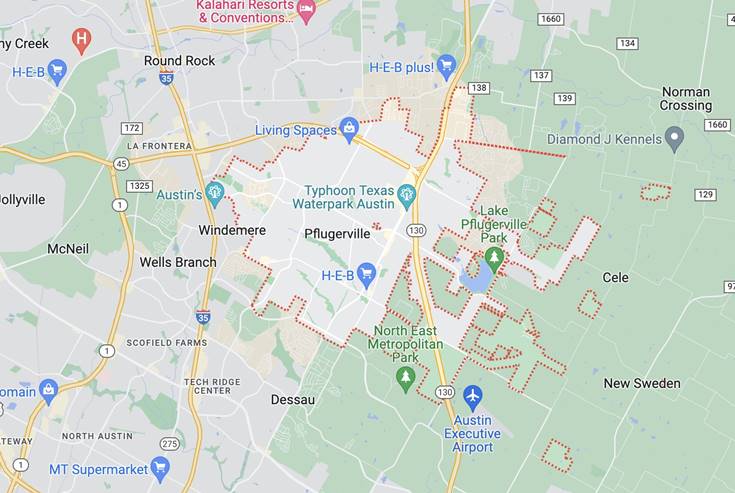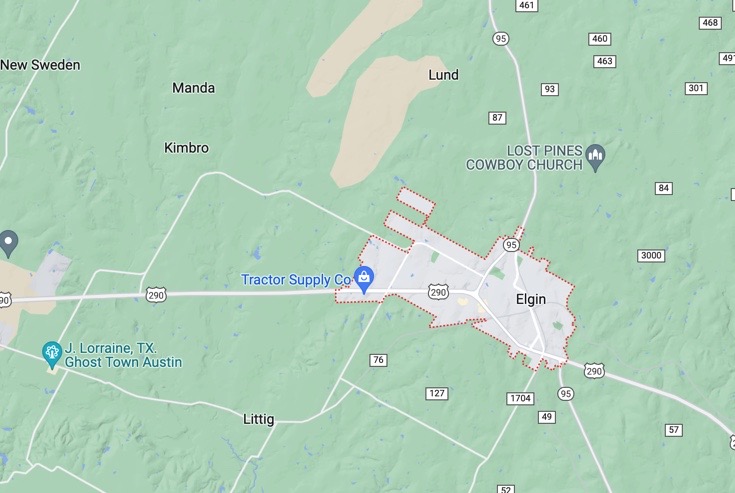Metal roofs have been popular among homeowners and architects for centuries. They are renowned for their durability, energy efficiency, and aesthetic appeal. These roofing systems are made from various materials, including steel, aluminum, copper, and zinc.
They are crafted to withstand severe weather conditions, have a long lifespan, and require minimal maintenance. Additionally, metal roofs complement the design in various styles and colors.
History and Evolution of Metal Roofs
Origin and Early Use of Metal Roofs
Throughout history, metal roofing materials have changed. Lead was used in the Middle Ages, copper during the Renaissance, and iron and steel during the Industrial Revolution. These changes happened because of the availability and improvements in metalworking techniques.
Metal roofs were valued for being long-lasting and fire-resistant. They were often seen as a sign of wealth and status because they were quite expensive.
Development of Metal Roofing
In the 19th century, metal roofs underwent significant changes. This period saw the mass production of metal roofing materials, making them more accessible to the general public.
Further innovation came in the 20th century with the introduction of aluminum and steel roofing. These materials brought superior strength, rust resistance, and lighter weight. The development of coatings and finishes also enhanced metal roofs’ longevity and aesthetic appeal.
Today, modern metal roofs are equipped with features such as thermal insulation and reflective coatings, improving their energy efficiency. Modern metal roofs also come in many styles and designs. Some styles include traditional corrugated sheets to metal tiles that mimic the look of wood or slate.
Different Types of Metal Roofs
Tin
Once a popular choice for roofing, tin is seldom used today. This is primarily due to its lower durability and resistance to weather conditions. However, its lightweight and cost-effectiveness still make it a viable choice in certain situations.
Zinc
Zinc is known for its exceptional durability and longevity. It can “heal” itself by developing a patina that helps seal small scratches over time. Though it’s more expensive than some alternatives, its lifespan and minimal maintenance requirements make it a cost-effective choice.
Aluminum
Aluminum roofing is lightweight, corrosion-resistant, and performs very well in coastal areas where salt water can cause corrosion. It’s an energy-efficient material, reflecting heat effectively and helping to reduce cooling costs.
Copper
Copper roofs are highly sought after for their aesthetic appeal. Over time, they develop a distinctive green patina that adds character to a building. Copper is also incredibly durable, with a lifespan exceeding a century. However, these benefits come with a higher price tag, making copper a more premium choice.
Steel
Steel is the most common metal roofing material due to its strength, durability, and cost. There are different types of steel used in roofing:
Galvanized Steel
Galvanized steel is coated with a layer of zinc to prevent rusting. It’s a popular choice due to its durability, corrosion resistance, and cost.
Galvalume Steel
Galvalume steel is coated with a mixture of zinc and aluminum, providing enhanced corrosion resistance compared to galvanized steel. However, it’s susceptible to micro-perforations over time, which can lead to rusting.
Weathering Steel
Weathering steel, or Corten steel, is designed to form a protective rust-like appearance when exposed to the weather. This helps to protect the steel from further corrosion. It’s commonly used for rustic or industrial-style buildings.
Comparison of Different Metal Roofing Types
Choosing the right type of metal roof depends on various factors, including your budget, the building’s location, and your aesthetic preferences.
- Tin and galvanized steel are generally more affordable but may not last as long as other types.
- Aluminum and zinc offer higher durability and corrosion resistance, making them suitable for harsh weather conditions and coastal areas.
- Copper offers exceptional durability and an aesthetically pleasing appearance but at a higher cost.
Finally, choosing between galvanized, galvalume, and weathering steel depends on your corrosion resistance needs and stylistic preferences.
Main Advantages of Metal Roofs
Durability and Longevity
Metal roofs are renowned for their exceptional durability and longevity. These roofs can withstand extreme weather conditions and, with proper maintenance, can last significantly longer than traditional asphalt shingles.
Weather Resistance
Wind Resistance
Metal roofs are structurally designed to withstand high wind speeds. This makes them an excellent choice in areas prone to heavy storms and hurricanes.
Rain and Snow Resistance
The smooth surface and interlocking panels of metal roofs benefit from shedding rain and snow. This helps to reduce the risk of water building and causing leaks.
Fire Resistance
Metal roofs are non-combustible and are, therefore, highly resistant to fire. This feature not only increases the safety of your home but may also lead to reductions in your home insurance premiums.
Energy Efficiency
Insulation Properties
Metal roofs can be installed with high-performance insulation, reducing heat loss in winter and keeping your home cooler in summer. This can result in significant energy savings over the life of the roof.
Reflective Properties
The reflective properties of metal roofs can deflect solar radiant heat, reducing cooling costs during warmer months.
Low Maintenance
Unlike other types of roofs, metal roofs require minimal maintenance. Apart from regular cleaning and periodic inspections, no additional upkeep is needed. This low-maintenance aspect makes them a cost-effective choice over the long term.
Environmentally Friendly
Recyclable
Metal roofs are easily recycled with little effort. When a metal roof reaches the end of its life, it can be fully recycled, reducing landfill waste.
Sustainable Production
Many metal roofs are made from a significant portion of recycled material, reducing the environmental impact of their production. Additionally, the energy required to produce and install a metal roof is less than that for many other roofing materials.
Cost Effectiveness of Metal Roofs
Initial Investment and Installation Costs
Metal roofs generally have a higher upfront cost compared to traditional roofing materials. This cost includes the material and installation, which can be more labor-intensive for metal roofing. However, it’s essential to consider this cost as an investment rather than an expense. The long-term benefits provided by metal roofs far outweigh the costs.
Long-Term Savings
Low Repair and Maintenance Costs
As mentioned earlier, metal roofs require minimal maintenance, which can result in significant savings over the roof’s lifetime. Their durability makes them less prone to damage and leaks, reducing potential repair costs.
Savings on Energy Bills
Metal roofs can significantly reduce energy costs by effectively insulating your home and reflecting solar heat.
Return on Investment when Selling the House
Apart from the long-term savings, metal roofs can also increase the value of your home. According to several real estate studies, homes with metal roofs often have a higher resale value. This makes a metal roof a smart investment if you are considering selling your home.
Aesthetic Appeal of Metal Roofs
Variety of Styles and Colors
Metal roofs offer various styles and colors, including sleek seams or shingles resembling wood or slate. With many finishes, homeowners can choose a color to beautify and unify their home’s exterior.
Different Styles
Whether you have a modern, traditional, or rustic home, there’s a metal roof that can complement its style. The flexible nature of metal roofing materials allows them to adapt to various design styles. This makes them very popular among architects and homeowners.
How Metal Roofs Can Enhance Curb Appeal
Finally, a metal roof can significantly enhance your home’s curb appeal. Its clean lines and variety of finishes can provide a distinctive look that sets your home apart. Over time, certain metals like copper and zinc develop a unique patina, adding character and charm to your home. With a metal roof, your home will stand the test of time and stand out in the neighborhood.
Professional Installation of Metal Roofs
Importance of Hiring Professionals
While DIY projects can be tempting, installing a metal roof is a task best left to professionals. Professional installers have the necessary training, experience, and tools to install the roof correctly. An incorrectly installed metal roof can lead to leaks, damage, and reduced energy efficiency.
Factors to Consider When Choosing an Installer
Use criteria such as experience, references, and whether they offer warranties when choosing a professional for your metal roof installation. You should also ensure that they are licensed and insured for your protection. It’s a good idea to obtain several quotes to compare prices and services before deciding.
What to Expect During Installation
The installation process typically begins with removing the old roof, if necessary, followed by preparing the roof deck. The metal roofing materials, including panels or shingles, flashing, and the necessary hardware, are installed. The exact process can vary depending on the type of metal roof and the specific characteristics of your home.
Potential Drawbacks of Metal Roofs
Initial Cost
As mentioned earlier, the initial cost of a metal roof is typically higher than other roofing materials. This includes both the cost of the materials and the installation cost.
Noise During Rain and Hail
Metal roofs can be noisier than other roofs during heavy rain or hail. However, proper insulation can significantly reduce this noise.
Expansion and Contraction
Metal roofs can expand and contract with temperature changes. If not properly installed with appropriate fasteners and allowances for this movement, the panels may become loose or warped over time.
Potential for Damage and Dents
While metal roofs are very durable, they can be susceptible to damage from severe hail or falling branches. Some types of metal roofing, such as copper and aluminum, are softer and more prone to denting.
How These Drawbacks Can Be Mitigated
While these drawbacks are worth considering, they can often be mitigated. A professional installer can ensure the roof is installed correctly to handle expansion and contraction. Additionally, they can advise on the best types of metal for your specific circumstances to avoid damage and denting.
Proper insulation and underlayment can significantly reduce noise during rain or hail. Despite the higher initial cost, a metal roof’s long-term savings and durability often outweigh this investment.
Wrapping Up
As explored in this article, metal roofs offer several notable benefits. They are highly durable, withstand extreme weather conditions, and have a long lifespan. They provide excellent insulation and the ability to reflect light, contributing to energy savings.
Metal roofs’ low maintenance requirements, recyclable nature, and various styles and colors make them a versatile and environmentally friendly choice. Additionally, they can increase the value of your home and offer substantial long-term cost savings.
While metal roofs come with a higher initial cost, their many benefits make them a worthwhile investment. They stand as a testament to the blend of functionality and aesthetics in construction materials. Metal roofs provide homeowners with a roofing option that combines durability, energy efficiency, and beauty. The value of a metal roof, both financially and aesthetically, should not be taken lightly.
Frequently Asked Questions
Is a Metal Roof Worth the Investment?
Yes, a metal roof is often worth the investment. The long lifespan, durability, energy savings, and low maintenance costs more than make up for the costs.
Can a Metal Roof Be Installed Over Shingles?
In some cases, a metal roof can be installed over existing shingles. However, this depends on local building codes and the existing roof’s condition. A professional roofer can provide the best advice for your specific situation.
What Is the Lifespan of a Metal Roof?
The lifespan of a metal roof is generally between 40 to 70 years, depending on the type of metal. This is significantly longer than traditional asphalt shingles, which typically last around 20 years.
Does a Metal Roof Increase Home Value?
Yes, a metal roof can increase the value of your home. Prospective home buyers view them favorably due to their longevity, energy efficiency, and low maintenance requirements.
How Do I Maintain a Metal Roof?
Maintaining a metal roof is typically straightforward. The main tasks involve inspecting for damage, cleaning to avoid debris and algae, and maintaining clear gutters and downspouts. Having a professional carry out more detailed annual inspections is generally recommended.







